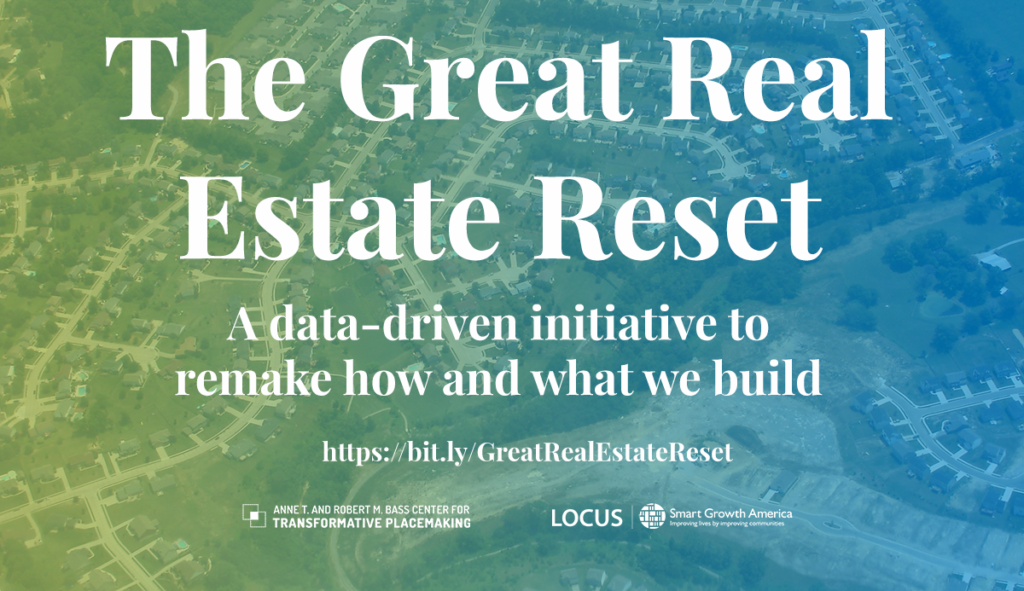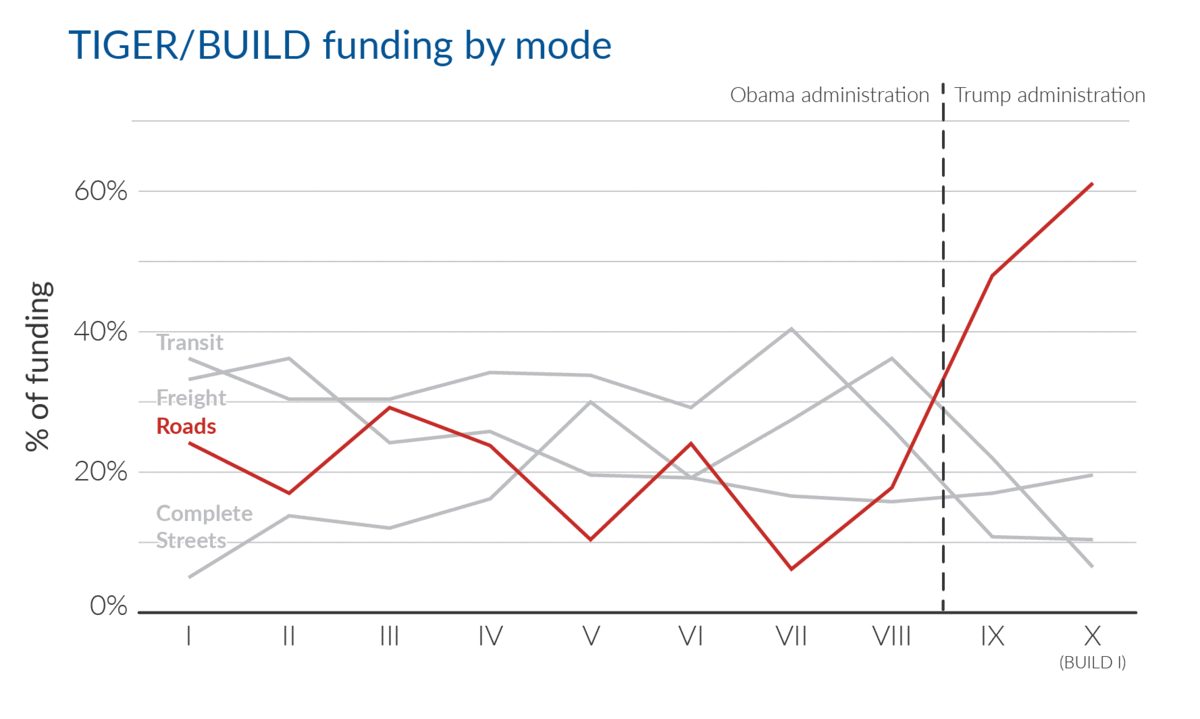SGA partners with Lincoln Institute on climate-informed zoning project
In partnership with the Lincoln Institute of Land Policy, Smart Growth America (SGA) is eager to begin a new research project that will analyze the fiscal impacts of climate-informed zoning policy in Norfolk, Virginia, a community already experiencing the damaging impacts of climate change, including flooding. Alongside a comprehensive scan of peer cities’ climate-informed zoning approaches, SGA will consider how those approaches and land use policy can affect housing affordability, fiscal budgets, and equitable development objectives as well as highlight best practices to help coastal communities better prepare for future flooding and other climate change hazards.

 Under President Trump, the USDOT has effectively turned the formerly innovative BUILD program—created to advance complex, hard-to-fund, multimodal projects—into little more than a rural roads program, dramatically undercutting both its intent and utility. A new analysis illuminates how the program has changed and what Congress can do about it.
Under President Trump, the USDOT has effectively turned the formerly innovative BUILD program—created to advance complex, hard-to-fund, multimodal projects—into little more than a rural roads program, dramatically undercutting both its intent and utility. A new analysis illuminates how the program has changed and what Congress can do about it.



